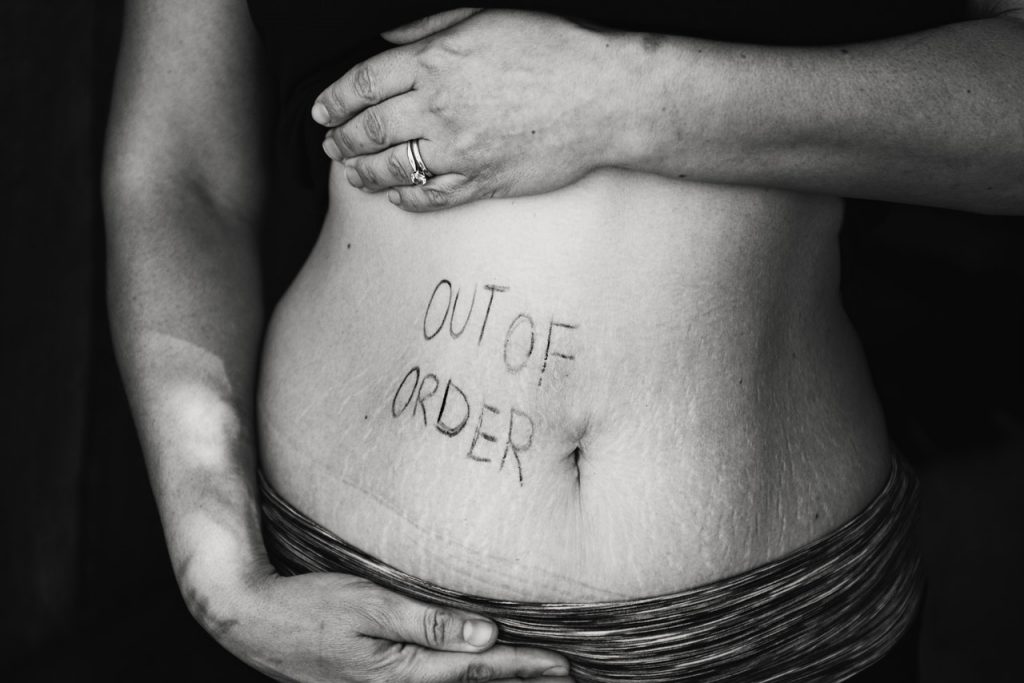
Ask Jean: Breakouts?

We want to answer your most pressing questions—or, you know, just the things that you’re curious about. Please keep them coming to: [email protected]. Below, a q for our beauty director, Jean Godfrey-June.
Dear Jean, I am thirty-two and am still dealing with acne (mostly along my jawline). Wearing a mask is definitely not helping—is there anything I can do to get rid of it? Is it hormonal? Please help! —Monica W.
Hello Monica! I feel your pain, as at thirty-two I, too, was breaking out all over the place (as I had since about age fourteen). I was cheered by a coworker at the time, however: “You know what a zit is?” she would say. “It’s a big billboard right across your face that says, ‘I’m young!’” And that is something to keep in your mind: Hardly anyone but you registers your breakouts. What registers is the bursting-with-youth skin that you will look back upon and sigh over and think, My god, I was gorgeous. Enjoy it!
That said, here’s what I’d do, no matter what the apparent cause of the breakouts (on some level, almost all acne has something to do with hormones, and you’re correct that wearing a mask can irritate your skin).
1
Proceed gently
The urge with problem skin is to attack it with harsh solutions, but because they can irritate skin, they can actually exacerbate breakouts. Cleanse your whole face gently twice a day.
2
Gentle acid treatments help
Alpha hydroxy acids clear away dead skin cells, dirt, and oils so your pores stay clear (clogged pores are the start of every breakout). Salicylic acid does, too, and it also has a calming effect on skin. Not coincidentally, acids also help skin stay youthful-looking no matter what your age.
Every day:
This peptide-infused AHA tonic is great after a workout, after cleansing—any time your skin needs a soothing infusion of nutrients.
3
Use stronger acids once a week
A more intense AHA can help keep your skin at its best all week long. Start with the 5% version if you’re actively breaking out (it’s made for sensitive skin, and breakout-prone skin is often sensitive). If you feel you need something stronger, the 15% is about as intense as it gets at home.
4
Vitamin C every morning
Topical vitamin C has a mild exfoliating effect (so don’t use it within twenty-four hours of a strong acid like the peel pads, and go slowly at first if you’re using mild everyday acids), and it brightens, evens, and generally overall improves just about anyone’s skin, breakouts or no. The smoothing and evening is fantastic if breakouts have left you blotchy and mottled. Vitamin C also has a mild sun-protective effect, and in my opinion, it’s the top ingredient to use if you want to love your skin more. This one has hyaluronic acid in it, so it moisturizes without clogging pores, which is exactly what you need.
5
Don’t be afraid of moisturizer
The conventional beauty industry forever terrified the oily-skinned and breakout-prone when it started touting products as “oil-free” back in the ’80s. The oil that those labels were referring to—which is still one to avoid if you’ve ever had a breakout—is mineral oil, but many other oils can actually help with problem skin and even help with oiliness. Only if you’re super, super oily do you not need moisture. The oil serum from Vintner’s Daughter has numerous oily-skinned and acne-prone fans. And for deep moisture without any oiliness at all, hyaluronic serum (the one from Dr. Barbara Sturm in particular) delivers like nothing else.
6
Mineral sunscreen is key
Chemical sunscreens contain some of the most irritating chemicals in the entire beauty industry, and irritation is a prime factor in causing breakouts, so just avoid chemical sunscreen altogether. This includes tinted moisturizers and foundations with SPF in them: Look at the “active ingredient” box on the back of any product with SPF, and if there are any ingredients besides titanium dioxide or zinc oxide, you’re dealing with chemical sunscreen, and: don’t. What’s great about the alternative—physical or mineral sunscreen—is that it can be soothing for the skin. Zinc oxide is the active ingredient in baby-bottom cream, for instance. Whether they have a high or low SPF, mineral formulas now smooth right in as they once did not. These are my favorites, along with the tinted moisturizer that makes practically anyone’s skin look better.
7
Make sure your concealer is clean
Piling concealer over a breakout tends to highlight it, but a little bit can make an enormous, beautifully undetectable difference. After years of practice, my advice is to go with a dry pot concealer, which lasts better on your skin and doesn’t melt. Thicker, drier concealers tend to have higher concentrations of pigment in them, and “a little goes a long way” is exactly what you’re looking for here. The best one I have ever found, by far, is Rituel de Fille. Dab a bit over redness or even an actual breakout using a brush, so the concealer goes only where the problem is, then pat (don’t rub) until it appears to disappear. Magic.














